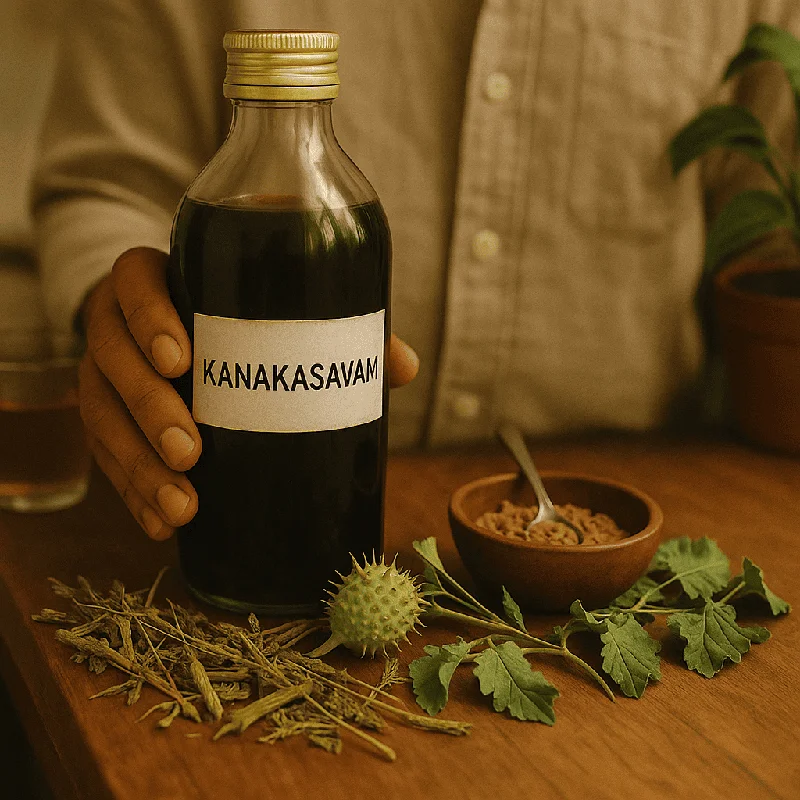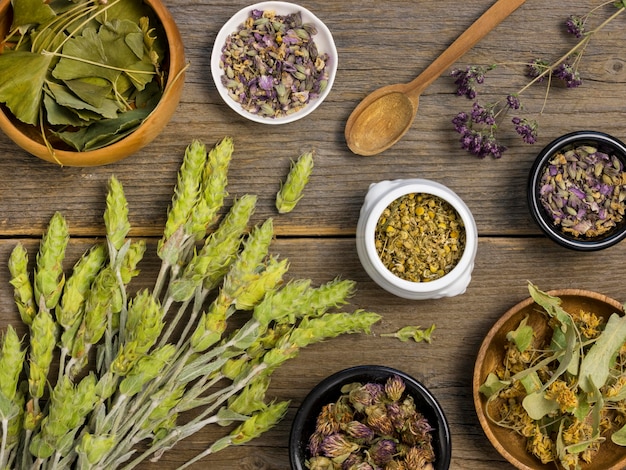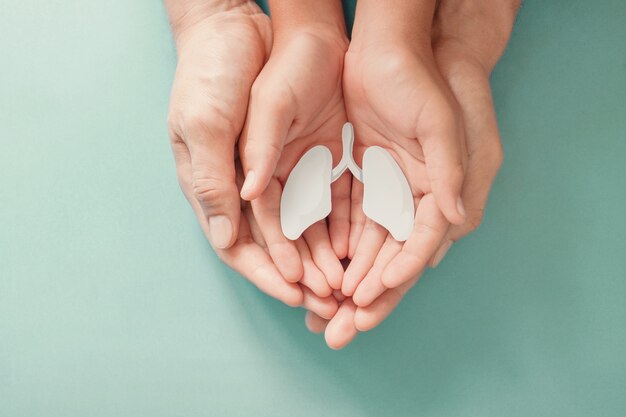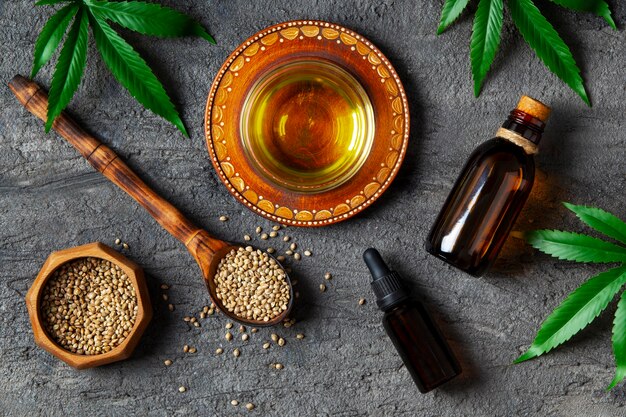Shop Now in Our Store
Kanakasavam Uses: Ayurvedic Insights and Practical Benefits

Kanakasavam is an Ayurvedic herbal preparation that has been used for centuries to address various health concerns, especially those related to respiratory function. Rooted in India’s ancient wellness traditions, Kanakasavam has gained traction among healthcare practitioners and researchers alike, thanks to its reported effects on breathing difficulty, cough management, and general respiratory wellness. In this in-depth article, we’ll dive into the origins, composition, mechanisms, and current scientific perspectives on Kanakasavam uses—so that you can make informed decisions about incorporating it into your healthcare routine.
Table of Contents
-
A Brief Overview: What Is Kanakasavam?
-
Traditional Ayurvedic Perspective
-
Key Ingredients and Their Properties
-
How Kanakasavam Is Prepared
-
Mechanism of Action
-
Primary Kanakasavam Uses in Healthcare
-
Respiratory Support
-
Cough and Cold Management
-
Potential Effects on Asthma and Bronchitis
-
General Immune Support
-
-
Scientific Evidence and Current Research
-
Safety, Side Effects, and Precautions
-
How to Use Kanakasavam: Dosage and Best Practices
-
Real-World Tips: Integrating Kanakasavam into Daily Life
-
Frequently Asked Questions (FAQ)
-
Conclusion and Key Takeaways
-
Disclaimer
1. A Brief Overview: What Is Kanakasavam?
Kanakasavam is a classic Ayurvedic asava (fermented herbal infusion) designed to support the respiratory system. The term “Kanaka” in Sanskrit loosely translates to “gold” or something of high value, and in the Ayurvedic pharmacopeia, it specifically refers to the main herb, Datura metel, which is sometimes included under the name “Dhattura” or “Kantakari.”
Because of its fermentation process, Kanakasavam forms a unique category of Ayurvedic remedies called asava-arishtam preparations. These are traditionally used to manage chronic conditions, enhance digestion, and improve bioavailability of the herbal constituents. Kanakasavam, in particular, has garnered attention for its potential therapeutic effects on common respiratory challenges, such as seasonal allergies, coughs, and even bronchial issues like asthma.
2. Traditional Ayurvedic Perspective
In Ayurveda, the concept of health revolves around the balance of three doshas: Vata, Pitta, and Kapha. Respiratory disorders, especially those involving congestion and cough, are often attributed to an imbalance in Kapha (leading to excess mucus production) and sometimes Vata (causing dryness and irritation of the airways).
From the vantage point of classical Ayurvedic texts (e.g., Charaka Samhita and Sushruta Samhita), remedies like Kanakasavam are formulated to restore doshic equilibrium. With its warming properties, Kanakasavam is believed to dry excess mucus, soothe irritated bronchial passages, and strengthen the respiratory system over time.
3. Key Ingredients and Their Properties
The specific formulation of Kanakasavam varies based on regional and traditional practices, but most formulations include a core set of herbs and natural ingredients:
-
Datura metel (Dhattura or Kantakari): Often considered the primary active ingredient. Contains alkaloids reported to help ease bronchial spasms and support clearer airways.
-
Vasa (Adhatoda vasica): Widely recognized in Ayurveda for its mucolytic and bronchodilatory properties, aiding in cough management and respiratory relief.
-
Black Pepper (Piper nigrum) and Long Pepper (Piper longum): Common in Ayurvedic formulations for enhancing bioavailability of other herbs.
-
Jaggery (Gud): Used as a natural sweetening agent. Aids the fermentation process and may help balance the bitter taste of other herbal components.
-
Dhataki Flowers (Woodfordia fruticosa): Serve as a fermentation catalyst, ensuring proper asava formation.
-
Cloves (Syzygium aromaticum): Provide a warming effect, potentially helpful for relieving congestion.
These herbs are combined in specific proportions to create a synergistic effect. The fermentation period typically runs several weeks, during which the herbal mixture matures and develops its characteristic biochemical profile.
4. How Kanakasavam Is Prepared
Fermentation Process
-
Initial Mixture: First, the herbs are washed, dried, and then crushed or coarsely ground.
-
Boiling and Reduction: Next, water is boiled with the ground herbs (especially the primary and supporting herbs) to concentrate the active compounds.
-
Sweetening and Fermentation: Jaggery or sugar is mixed into the cooled decoction, providing a substrate for fermentation.
-
Addition of Fermenting Agents: Dhataki flowers (or other yeast-containing agents) are introduced to help kickstart the fermentation process.
-
Storage and Aging: The mixture is transferred to airtight vessels and aged for a specified duration (usually 3-4 weeks). During this time, it develops its characteristic taste, aroma, and medicinal properties.
This fermentation method not only preserves the herbal components but may also enhance the formulation’s bioavailability, allowing the body to absorb the active phytochemicals more effectively.
5. Mechanism of Action
While Ayurveda explains Kanakasavam’s function through doshic balance and energetic properties, modern researchers look at its phytochemical constituents:
-
Alkaloids (like atropine and scopolamine in Datura species): May help relax the smooth muscles of the bronchial airways, reducing wheezing and labored breathing.
-
Vasicine (from Adhatoda vasica): Known for its bronchodilatory and expectorant effects, assisting in clearing mucus from the respiratory tract.
-
Phenolic compounds: Contribute to anti-inflammatory properties, potentially alleviating the irritation and inflammation in the lungs and throat.
-
Fermentation-derived enzymes: Can improve digestion and assimilation, supporting overall health and nutrient delivery to compromised tissues.
These mechanisms collectively underpin Kanakasavam’s noted ability to relieve respiratory distress, although individual responses can vary based on lifestyle, diet, and existing medical conditions.
6. Primary Kanakasavam Uses in Healthcare
6.1 Respiratory Support
Perhaps the most commonly cited application is supporting various respiratory conditions. Ayurvedic practitioners frequently prescribe Kanakasavam for individuals experiencing shortness of breath, chest tightness, or frequent bronchial infections.
6.2 Cough and Cold Management
Owing to its combination of mucolytic (mucus-thinning) and expectorant (mucus-expelling) properties, Kanakasavam is often recommended for persistent coughs. Its warming, slightly pungent nature may help loosen phlegm, making it easier to expectorate.
6.3 Potential Effects on Asthma and Bronchitis
Some preliminary findings (e.g., small-scale clinical observations in Ayurveda teaching hospitals) suggest that when used alongside standard treatments, Kanakasavam might help reduce the frequency and intensity of asthma or bronchitis episodes. The herbal components could assist in calming airway inflammation and promoting clearer breathing pathways.
6.4 General Immune Support
Beyond the respiratory system, certain herbs in Kanakasavam (e.g., clove, pepper) are known for their antioxidant and antimicrobial activities. By helping the body fend off common pathogens and inflammatory triggers, regular, judicious use of Kanakasavam may offer broader health benefits, particularly during cold and flu seasons.
7. Scientific Evidence and Current Research
Ayurvedic formulations like Kanakasavam have gained increasing attention in integrative medicine circles. While large-scale randomized controlled trials are still limited, several smaller studies and peer-reviewed papers point to the potential benefits of its constituent herbs:
-
A 2018 study published in the Journal of Ethnopharmacology examined the effects of Adhatoda vasica extracts on patients with mild bronchitis and observed a reduction in cough frequency and chest tightness.
-
Another meta-analysis focusing on Ayurvedic treatments for chronic respiratory issues (featured in a 2021 Complementary Therapies in Medicine review) identified moderate evidence for the bronchodilatory action of certain polyherbal formulations that include Datura metel and Adhatoda vasica.
-
A pilot clinical trial (2020) in an Ayurvedic medical college in India reported improved respiratory function in patients with mild to moderate asthma when Kanakasavam was used as a supportive therapy alongside conventional inhalers.
Despite these promising indicators, more robust, large-scale studies are necessary to firmly establish the efficacy and safety profile of Kanakasavam. Reputable databases like PubMed, as well as oversight from institutions such as the World Health Organization (WHO), highlight the need for standardized formulations and rigorous clinical data to confirm anecdotal and preliminary findings.
8. Safety, Side Effects, and Precautions
While Kanakasavam is generally well-tolerated when used under the guidance of a qualified practitioner, there are potential caveats:
-
Overdose Risks: Herbs like Datura can contain potent alkaloids (atropine, hyoscyamine), which, in excessive amounts, can lead to anticholinergic symptoms (dry mouth, blurred vision, urinary retention).
-
Allergic Reactions: As with any herbal product, individual sensitivities can manifest in the form of skin rashes or gastric upset.
-
Interactions with Medications: Kanakasavam might interact with prescribed drugs, especially those used for respiratory, cardiac, or neurological conditions. Consult a doctor if you are on any chronic medication.
-
Pregnancy and Lactation: Due to limited safety data and the presence of potent botanical components, pregnant and breastfeeding women should avoid Kanakasavam unless advised otherwise by a qualified healthcare professional.
Key Recommendation: Always start with the recommended dose. If you notice any adverse reactions, discontinue use and seek medical advice promptly.
9. How to Use Kanakasavam: Dosage and Best Practices
In traditional Ayurvedic practice, Kanakasavam is usually taken in small doses:
-
Typical Adult Dose: 12–24 milliliters, once or twice daily, diluted with an equal amount of water.
-
Timing: Often consumed after meals to help with digestion and assimilation.
-
Duration: This can vary significantly depending on individual health issues. Some people may take it for a few weeks, while others might use it longer under professional guidance.
Remember, these guidelines are general. Always consult a certified Ayurvedic physician or an integrative healthcare provider for a personalized recommendation, especially if you have underlying medical conditions.
10. Real-World Tips: Integrating Kanakasavam into Daily Life
-
Pair with Warm Water: Kanakasavam has a pungent, somewhat sweet taste. Diluting it with warm water can make it easier to consume and might provide additional throat relief.
-
Supplement with Gentle Breathing Exercises: Practices like Pranayama or simple diaphragmatic breathing can enhance lung capacity and synergize with the benefits of Kanakasavam.
-
Support with Dietary Choices: Emphasize warm, cooked foods to balance Kapha-related respiratory issues. Soups, stews, and herbal teas (e.g., tulsi, ginger, licorice) complement the action of Kanakasavam.
-
Lifestyle Adjustments: Limit exposure to allergens and irritants (cigarette smoke, pollution) and maintain adequate hydration. These small changes can amplify the overall benefits of Kanakasavam.
11. Frequently Asked Questions (FAQ)
Q1: Can I take Kanakasavam for a common cold?
Answer: While not a cure for viral infections, Kanakasavam may help reduce cough, congestion, and throat irritation. However, always consult a healthcare professional for a comprehensive treatment plan, especially if symptoms worsen or persist.
Q2: Is Kanakasavam safe for children?
Answer: Pediatric dosages in Ayurveda often differ from adult recommendations. If you’re considering Kanakasavam for a child, consult an Ayurvedic doctor to ensure safety and proper dosage.
Q3: How long does it take to see results?
Answer: Individual responses vary. Some people notice improvements in respiratory symptoms within a few days, while others may require several weeks of consistent use. An integrative approach that addresses diet, lifestyle, and underlying health conditions can speed up results.
Q4: Are there any dietary restrictions while taking Kanakasavam?
Answer: Ayurveda generally advises minimizing cold, heavy, or highly processed foods when addressing respiratory issues. It’s best to focus on warm, easily digestible meals to support the effects of Kanakasavam.
Q5: Can Kanakasavam be taken with other Ayurvedic formulas like Dashamoolarishta or Ashwagandharishta?
Answer: In many cases, yes. Ayurvedic practitioners often combine different arishtas or asavas to target multiple health concerns. Still, always seek professional advice to avoid potential interactions or overdosing on particular herbs.
12. Conclusion and Key Takeaways
Kanakasavam uses span the spectrum from helping with persistent coughs and congestion to supporting people with mild bronchial conditions. Its key ingredients—Datura metel, Adhatoda vasica, and various pungent herbs—work synergistically to open up the airways, reduce mucus buildup, and provide immune support. Despite its ancient origins, modern research hints at the tangible benefits of this potent formulation, although large-scale scientific data remain incomplete.
If you’re looking to explore Kanakasavam for respiratory health, start with reputable sources or consult a qualified Ayurvedic practitioner. Consider the broader context of lifestyle factors, dietary choices, and stress management for optimal results. By balancing scientific evidence and traditional wisdom, Kanakasavam might serve as a valuable complementary approach to modern respiratory care.
13. Disclaimer
This article is for informational purposes only and does not substitute for professional medical advice, diagnosis, or treatment. Always seek the advice of a qualified healthcare provider with any questions you may have regarding a medical condition or the suitability of any wellness regimen—especially if you are pregnant, nursing, have pre-existing health conditions, or are taking medications.
Call to Action:
If you found this article helpful, feel free to share it with friends, family, and colleagues. For more insights into Ayurvedic formulas and evidence-based wellness strategies, consider subscribing to our newsletter or leaving a comment below. Your experiences and questions can help others discover new pathways to better respiratory health!
This article is checked by the current qualified Dr. Harsha Joy and can be considered a reliable source of information for users of the site.
Got any more questions?
Ask Ayurvedic doctor a question and get a consultation online on the problem of your concern in a free or paid mode.
More than 2,000 experienced doctors work and wait for your questions on our site and help users to solve their health problems every day.




